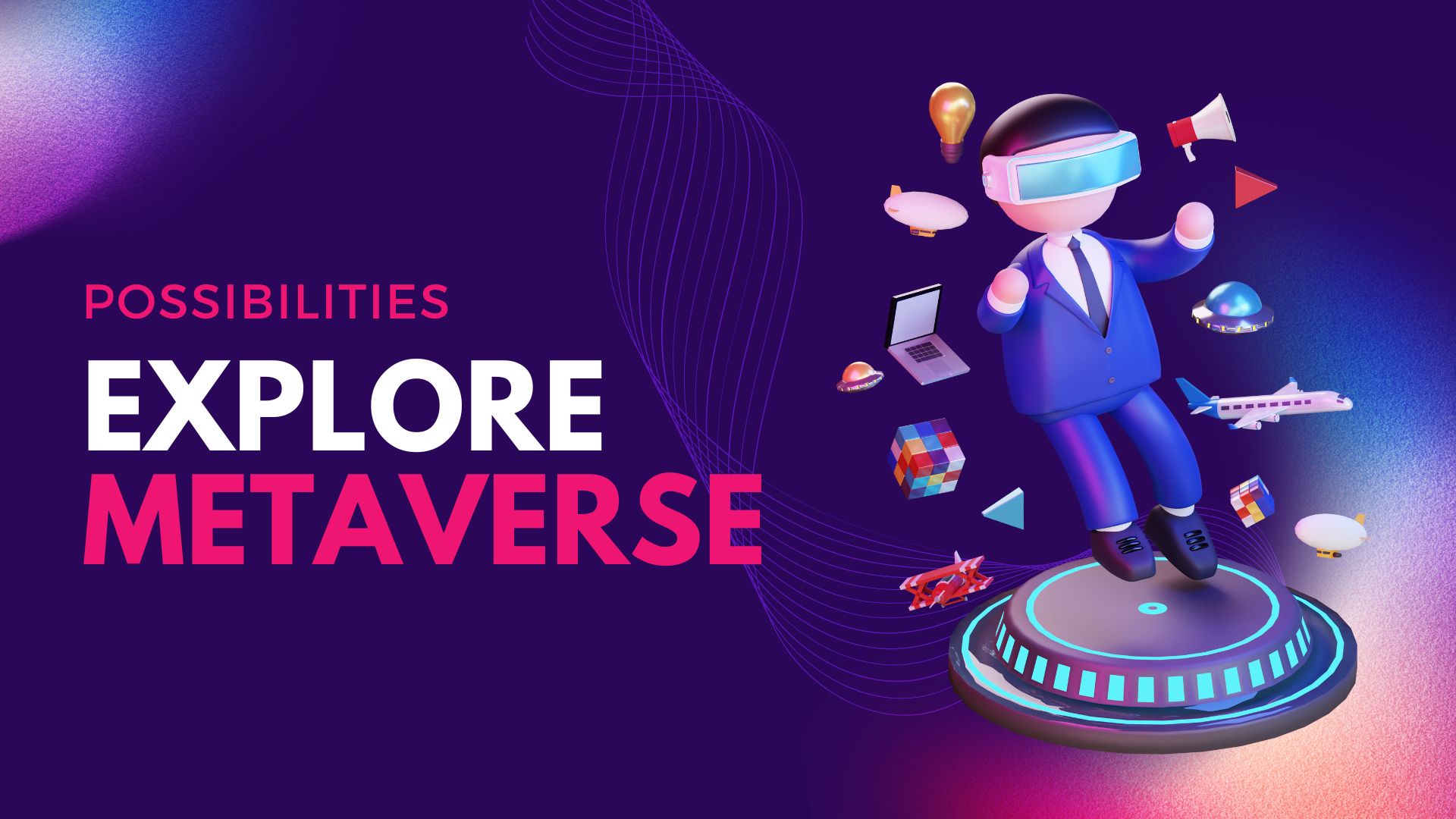The “metaverse” has erupted into tech’s hottest buzzword as virtual worlds transition from fiction into reality. This expansive networked realm interweaves 3D virtual spaces, augmented reality (AR), blockchain-backed assets, and immersive social interaction into an embodied internet. While still more concept than concrete product, sci-fi staples like omnipresent VR and lifelike digital avatars inch closer than ever.
Former fringe concepts now captivate the world’s tech titans. Facebook grabs headlines, even renaming its parent company to Meta amidst a crusade to build this next-gen network. Meanwhile Microsoft, Epic, Nvidia, and fellow luminaries race democratizing access to necessary hardware, development platforms, and core infrastructure.
Before dismissing the hype as speculative fantasy, understanding why the metaverse matters helps reveal its inevitability. This physical world replica enhances human connection, entertainment, remote collaboration, and potentially entire livelihoods with profound implications. Those able to map its fabric reap immeasurable influence on its formation and boundless opportunity from direct participation.
Precursor Phenomenon Paving The Path
Advanced virtual spaces enabling enhanced social presence connect distant parties more intuitively than traditional video chat applications allow. 3D visualization also benefits productivity applications like architectural modeling, engineering prototyping, surgical planning, and molecular research. Augmented reality similarly unlocks situated learning, tourism, navigation, select azure, and shopping if virtual elements meaningfully integrate with physical environments.
While nascent individually, combining these technologies into extensively networked 3D worlds facilitates naturalistic gathering unbounded by physical limits. And existing spaces tease this future with proof cases indicating what loftier metaverse incarnations could achieve.
Virtual concert turnouts now frequently eclipse live venues as superstar DJs perform for millions of fans immersed inside Fortnite. Collaboration spaces like Microsoft Mesh host hybrid meetings where remote participants beam in via personalized avatars cooperating face-to-face with those present. Facebook’s Horizon offers casual social VR gatherings playing games or attending events together. And blockchain games like Axie Infinity enable players earning real income from metaverse careers.
Individually early, collectively these spaces demonstrate the compound potential as elements meld into whole virtual worlds.
Technical Foundations Materializing
While no singular technology delivers the metaverse, key innovations reaching viability now ease its assembly:
Widely available VR/AR hardware – Meta’s Quest 2 headset leads increasingly accessible means for mass adoption. Cloud distribution models like Nvidia’s GeForce Now will soon remote high-fidelity experiences to lightweight glasses.
Real-time connectivity – 5G, edge networks, and improved device performance cut latency enabling more responsiveness. This allows natural interaction between users and environments.
Creator economies and blockchain – Asset ownership and value transfer via crypto secures in-world economies while creator monetization incentives participation.
Improved graphical capabilities – Photorealism remains distant but real-time raytracing and simulate physics spur more lifelike aesthetics on par with traditional media.
Cross-compatibility and persistent standards – Interoperability agreements allow carrying identity, assets, and more between worlds while persistent environments avoid rebuilding all social graph progress when moving between apps. Facebook plans bridging Horizon and partner worlds here.
Obstacles Along the Path to Maturity

Technical hurdles around hardware costs, input interfaces, and UX refinement must still be overcome before the metaverse sees adoption matching mobile phones or social networks. Unresolved challenges also exist:
Regulatory debates surrounding data privacy, content moderation, and blockchain governance must play out as virtual worlds influence culture akin to physical nations.
Accessibility cannot be an afterthought so those with disabilities access equivalent metaverse benefits without exclusion. Everything from avatar to environment design requires forethought here.
Embodiment gaps creating fatigue between actions our physical bodies attempt versus what avatar duplicates execute need tightening to heighten “feeling present”. Motion sickness solutions also remains critical.
The sheer scale replication of earth worlds demands likely requires gradual build-out beginning with small multiplayer environments beforeBOUND expanding into massive planes.
Regardless of obstacles, projections suggest 1 billion metaverse users could exist by 2030. Deloitte anticipates related economic activity approaching $700 billion that same year. But more importantly, this embodied internet promises augmenting human experience itself to heights still being imagined.
Those charting this unmapped frontier possess immeasurable influence over generational behavior, economics, and progress itself. How ethically pioneers proceed with such responsibility today maps out just how luminously the metaverse ultimately unfolds tomorrow.
